The National Palace flanks one side of the Zócalo, also known as Plaza de la Constitucion, where an immense Mexican flag flies. It bears the image of an eagle eating a snake. This was a vision, according to legend, had by the Aztec God, Huitzilopochtli. His people were to build a kingdom where they witnessed this scene. The flagpole marks that spot. Tenochtitlan, now Mexico City, was founded here. Adjacent to the palace is Metropolitan Cathedral, built between 1573 and 1813, tilted and sinking like much of central Mexico City due to it being built on lakes.
White smoke wafts across the area to the side of the Cathedral where indigenous people perform dances and cleansing ceremonies to the sound of drumming. Enjoy this fascinating sight on your way to Templo Mayor, the remains of Tenochtitlan’s main temple. Discovered in 1978, excavations continue on this site which was partially destroyed by the Spanish and built upon. Walkways allow visitors to wander amidst the 14th Century ruins of stone walls, past the main staircase still guarded by stone snakes and view statues and walls still bearing the colours they were once painted, albeit faded. The museum houses many of the artefacts discovered at the site while including information on the flora, fauna, agriculture and rituals of Aztec times.
Running off Zocalo Square, pedestrianised Avenida Francisco I. Madero leads to the Latin American Tower (Torre Latinoamericana). Tickets allow two visits, so return for night views. From the viewing platform on the 44th-floor, pedestrians resemble a grey, fast-moving river, and pink city taxis look like colourful lollies amongst other traffic. Palacio de Bellas Artes’ Tiffany bronze-coloured glass globe roof is stunning, green Alameda Park refreshing. A small museum reporting Mexico City’s history can also be visited.
Check out Palacio de Bellas Artes’ exterior where sculptured angels and Aztec warriors peering from jaguar’s heads and snakes feature. La Ciudadela, a craft market is about a ten-minute walk from Alameda. Colourful crisscrossing aisles are packed with clothing, blankets, leather bags, silver jewellery, tableware, glass, puppets, masks, guitars, brightly-painted skulls…
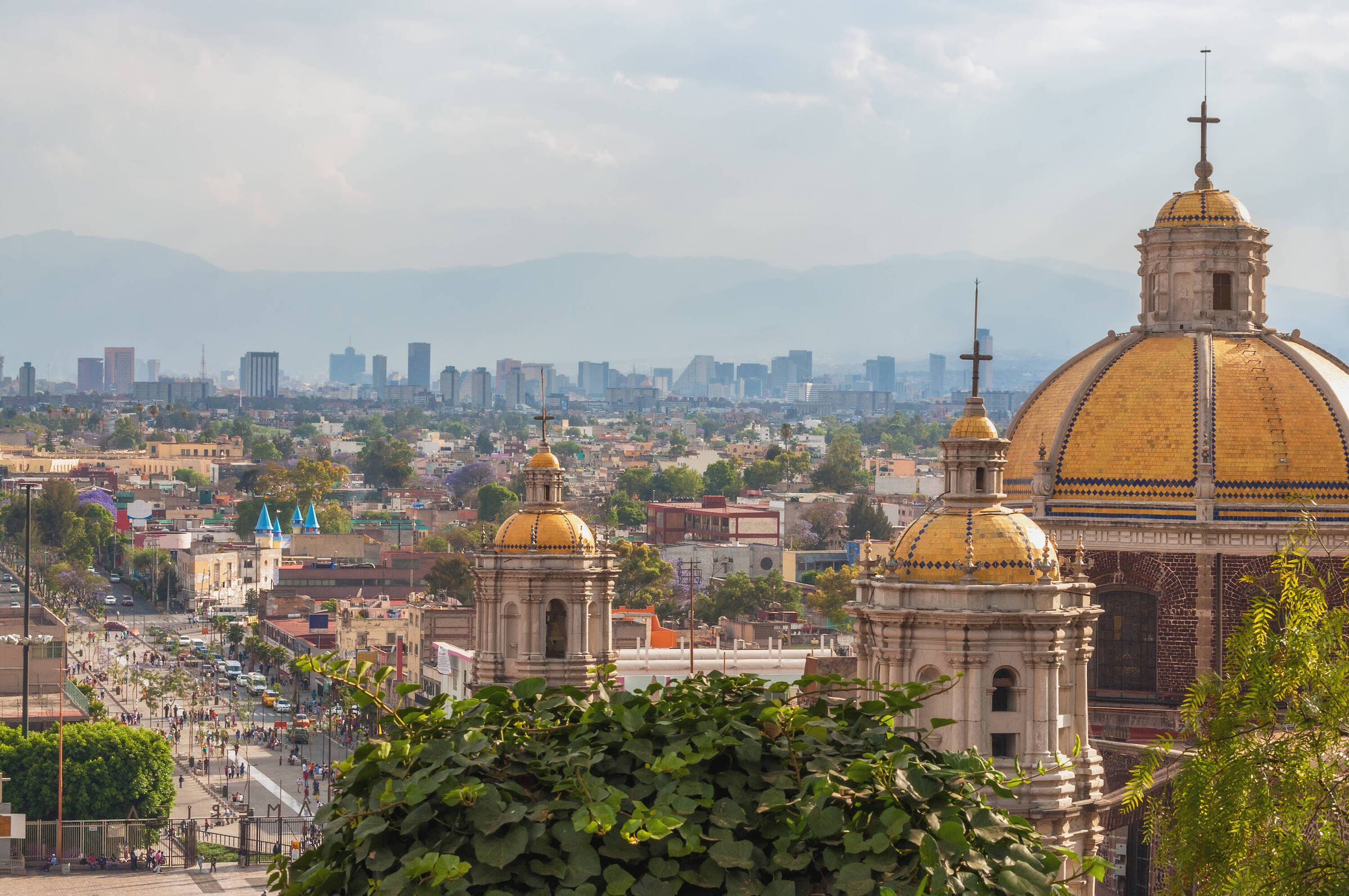
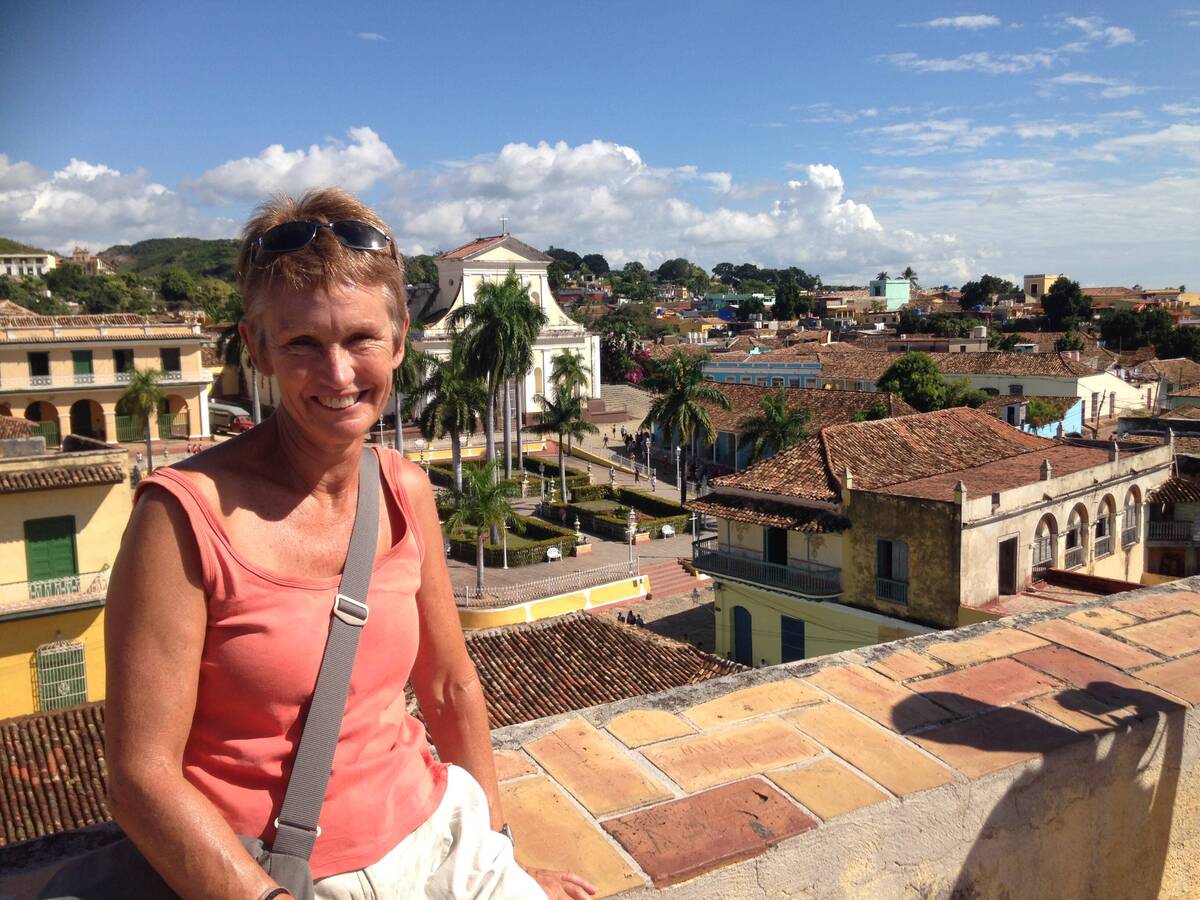
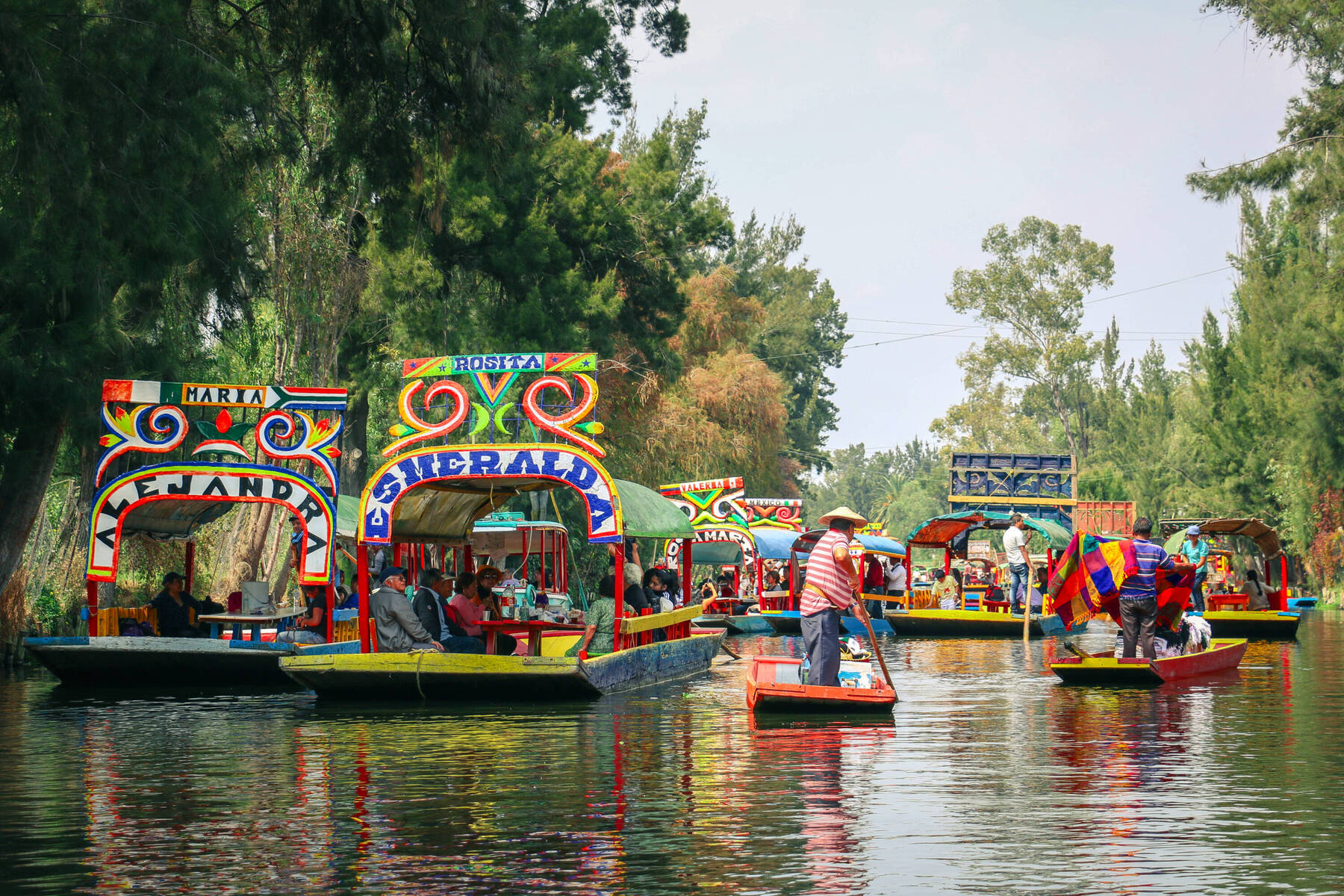
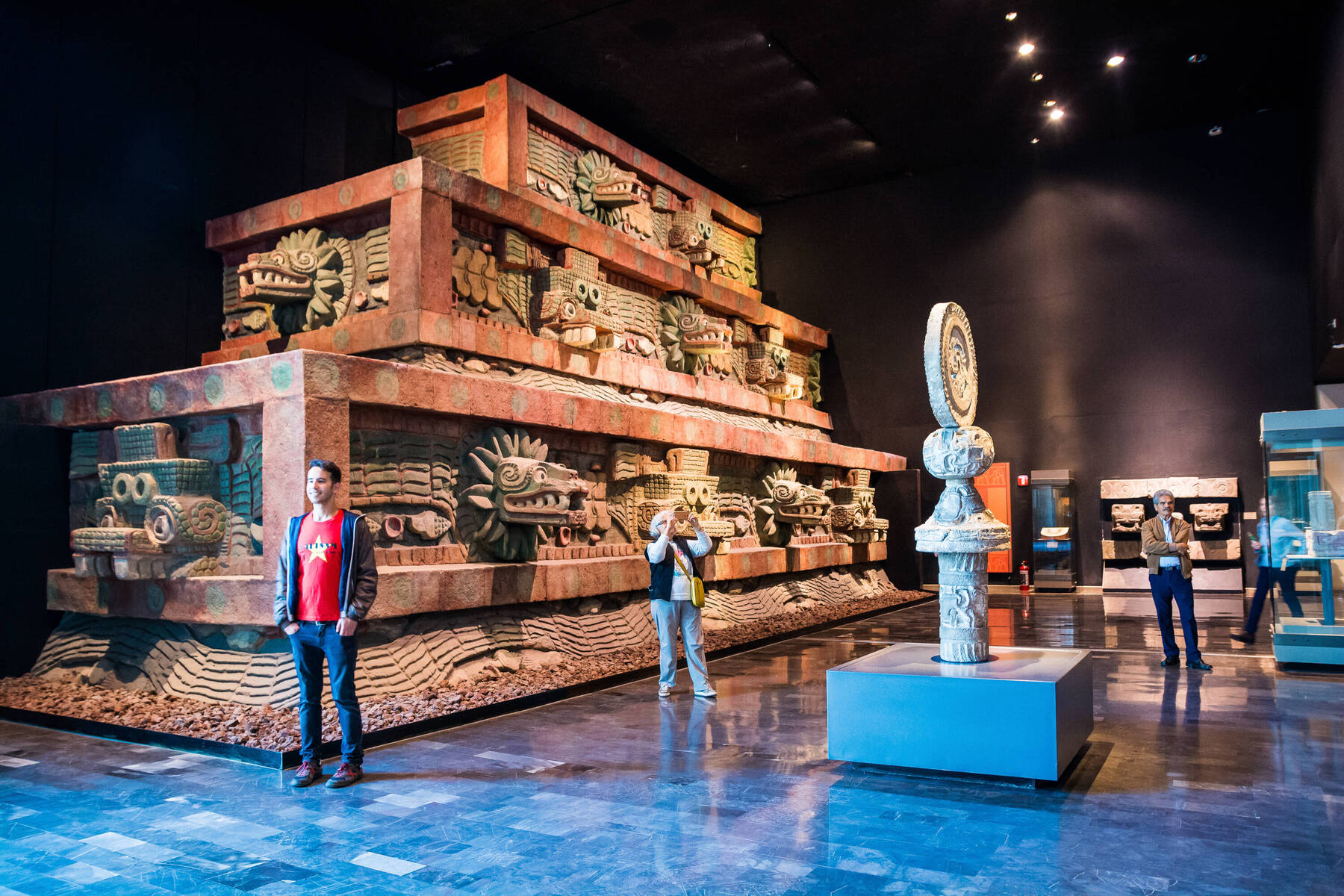
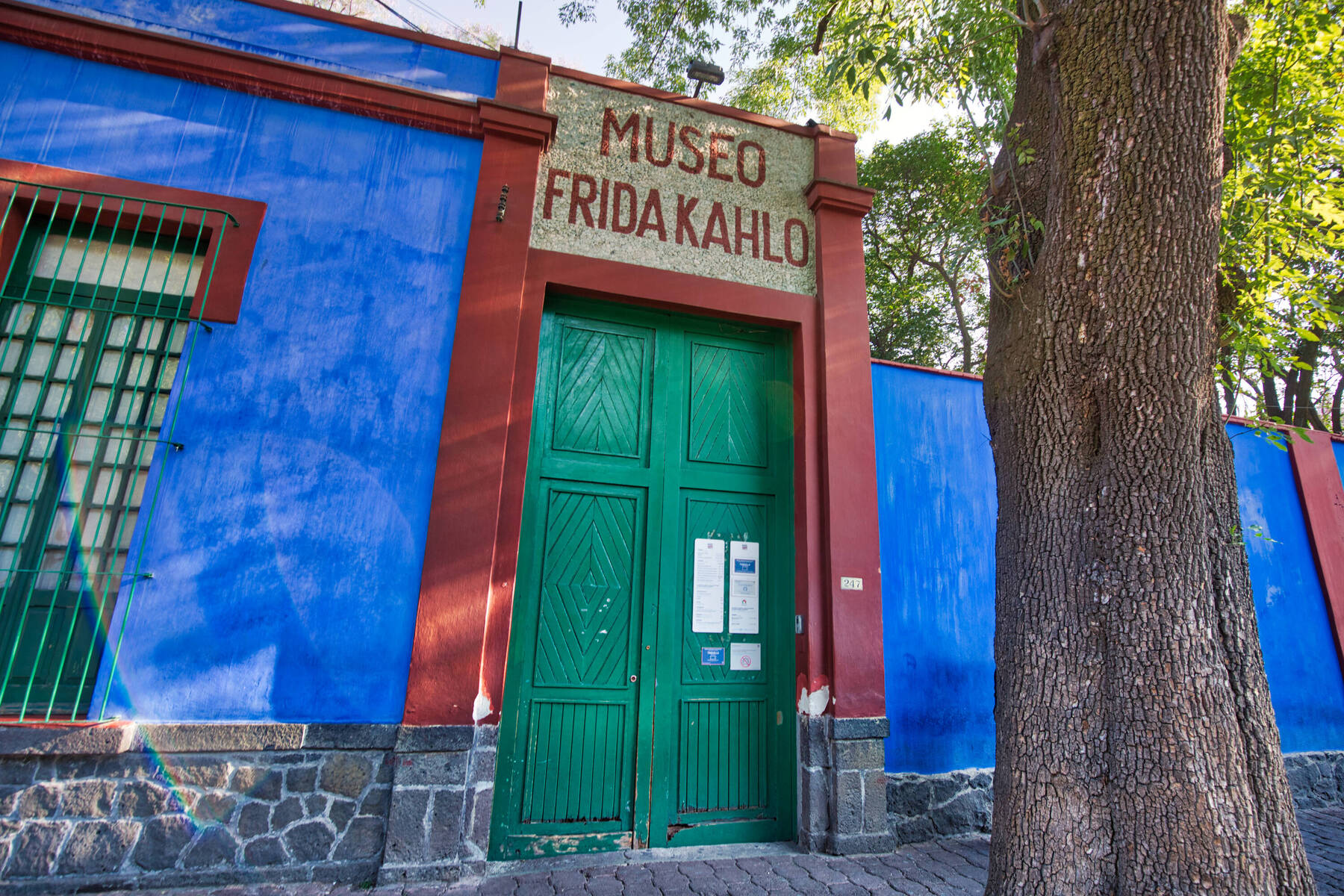
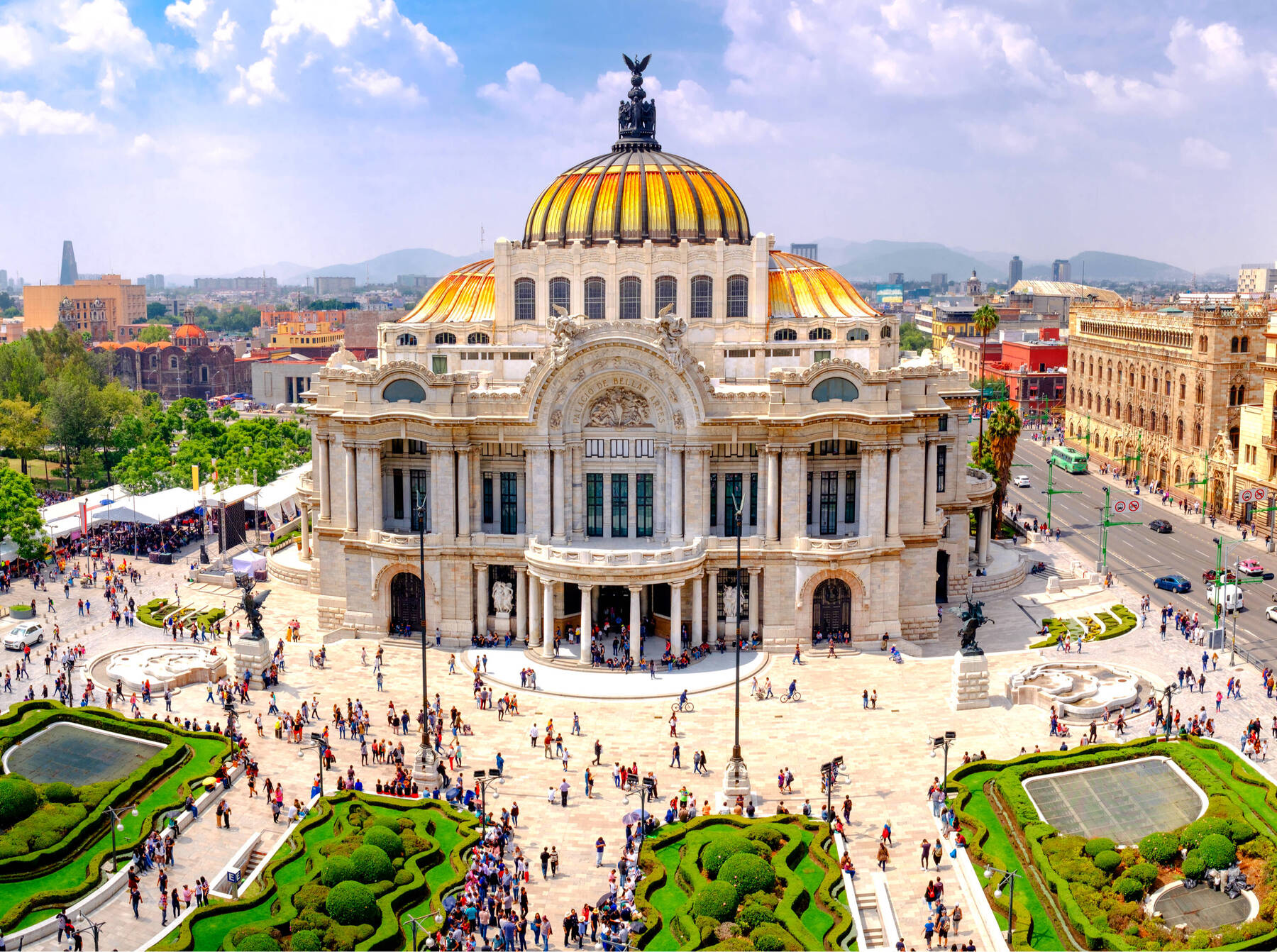

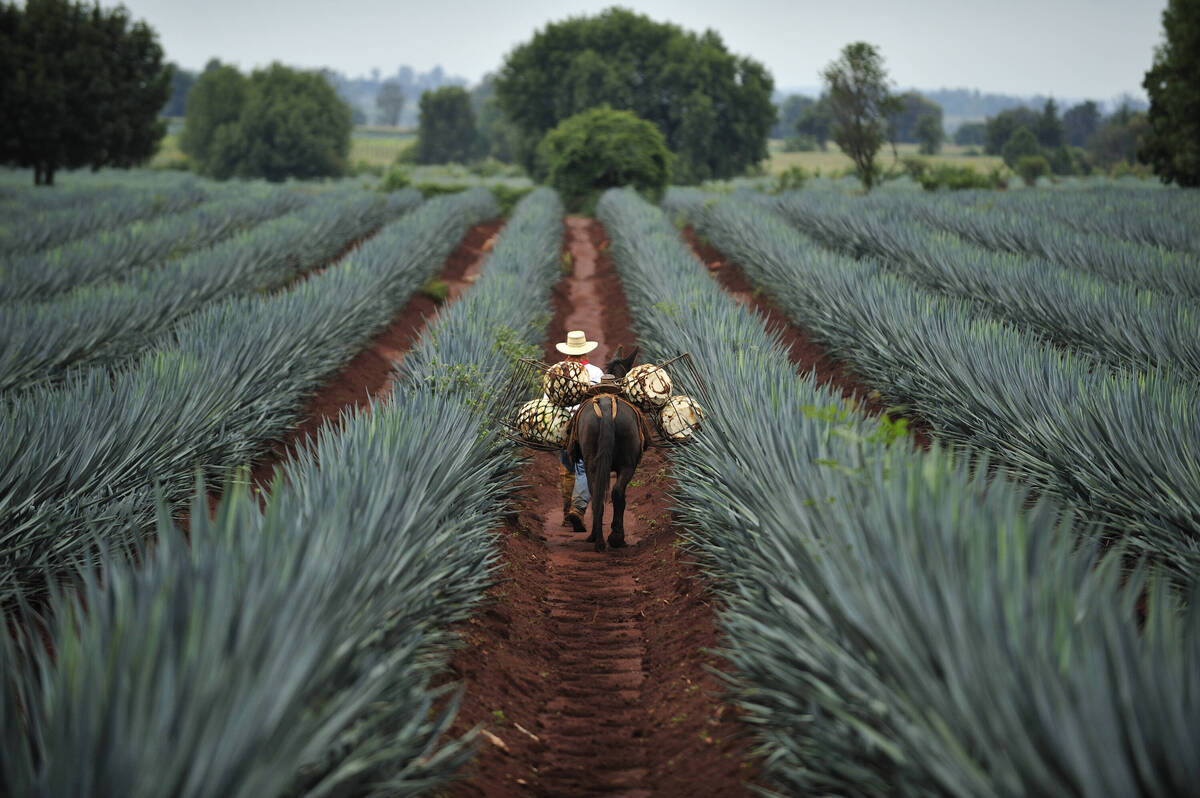















Comments